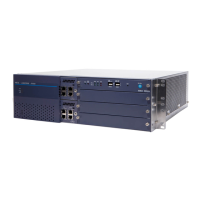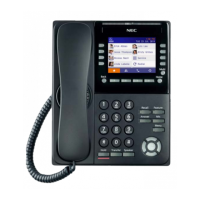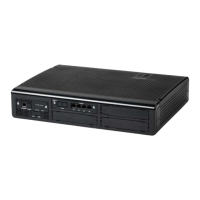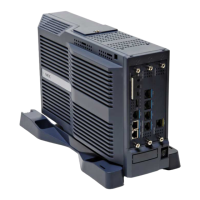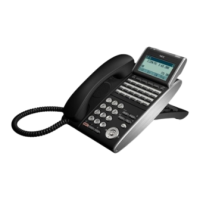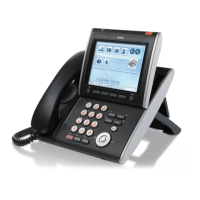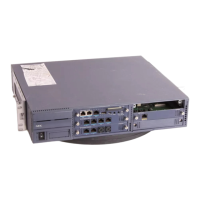Issue 5.0 UNIVERGE SV8100
1 - 978 Tandem Trunking (Unsupervised Conference)
13-04-04 Speed Dialing Number and Name
– Transfer Destination Number
Use to store transfer destination
number data in the Speed Dialing
areas.
If Transfer mode is
(Refer to 13-04-03):
1 = Internal Dial Mode
1~9, 0, *, #, P, R, @
(Maximum 24
Characters)
2 = Incoming Ring
Group
0 ~ 100 (IRG Number)
P=Pause R=Recall
@= Additional Digits
when using ISDN
functionality
(default not assigned)
13-04-05 Speed Dialing Number and Name
– Incoming Ring Pattern
Use to store incoming ring pattern
data in the Speed Dialing areas.
Incoming Ring Pattern
0 = Normal Pattern
1 ~ 4 = Tone Pattern
(1~4)
5 ~ 9 = Scale Pattern
(1~5)
(default = 0)
14-01-04 Basic Trunk Data Setup –
Transmit Gain Level for
Conference and Transfer Calls
Select the Transmit CODEC gain
level used by the trunk when it is
part of an Unsupervised
Conference.
1~63(-15.5dB ~
+15.5dB in 0.5dB
intervals)
[default = 32 (0dB)]
14-01-05 Basic Trunk Data Setup –
Receive Gain Level for
Conference and Transfer Calls
Select the Receive CODEC gain
level used by the trunk when it is
part of an Unsupervised
Conference.
1~63(-15.5dB ~
+15.5dB in 0.5dB
intervals)
[default = 16 (-8dB)]
14-01-13 Basic Trunk Data Setup –
Trunk-to-Trunk Transfer
For each trunk, enter 1 to enable
loop supervision.
0 = Disable
1 = Enable
(default = 1)
20-06-01 Class of Service for Extensions Assign a Class of Service (1~15)
to an extension.
Day Night/Mode: 1~8
Class of Service of
Extensions (1~15)
Default:
Extension port 101 =
Class 15
All other extension port
= Class 1
20-07-05 Class of Service Options
(Administrator Level) – Set/
Cancel Automatic
Trunk-to-Trunk Transfer
Turn On (1) or Off (0) the ability of
an extension to use the
Trunk-to-Trunk Forwarding service
codes.
0 = Off
1 = On
(default = 0 for
COS 1~15)
Program
Number
Program Name Description/Comments Assigned Data

